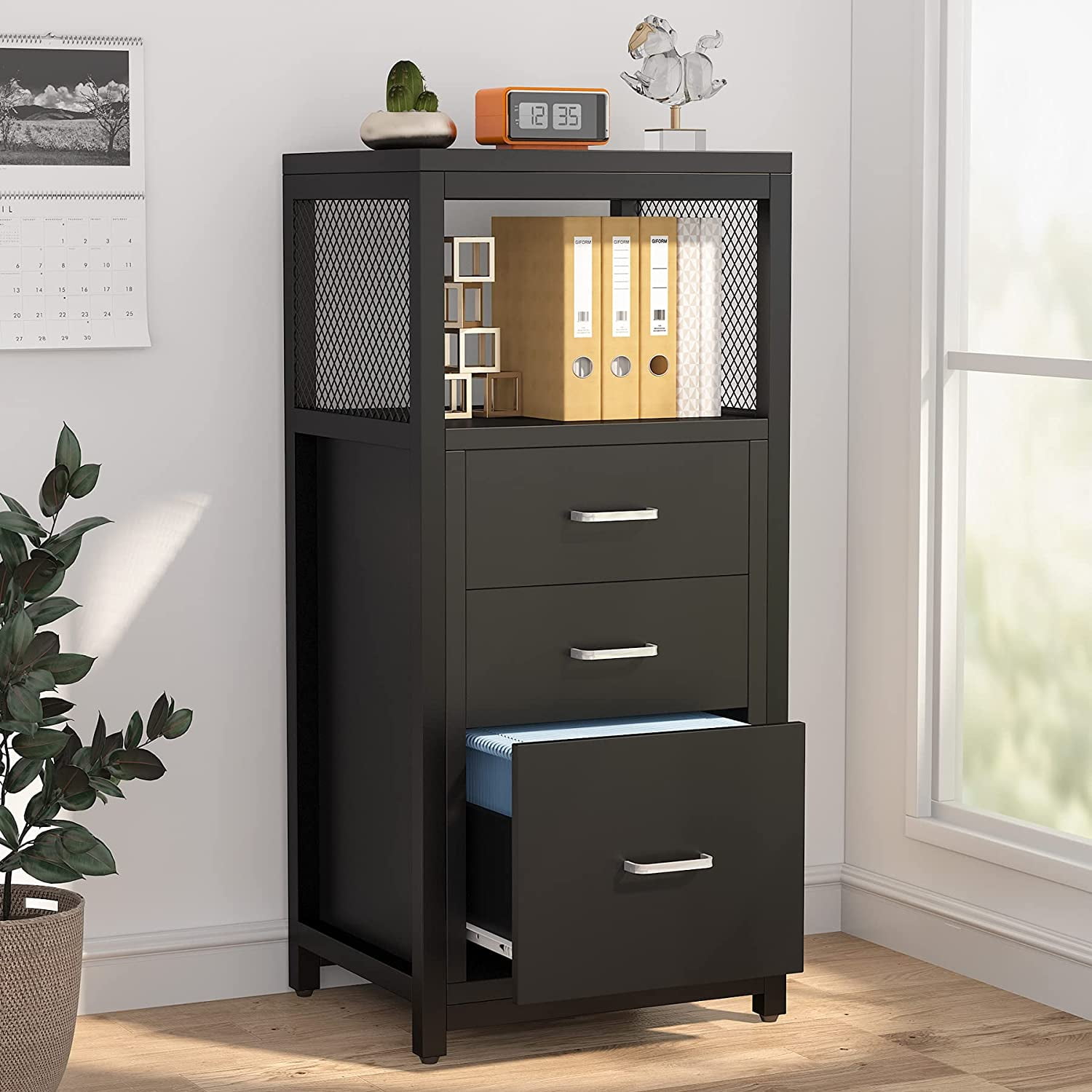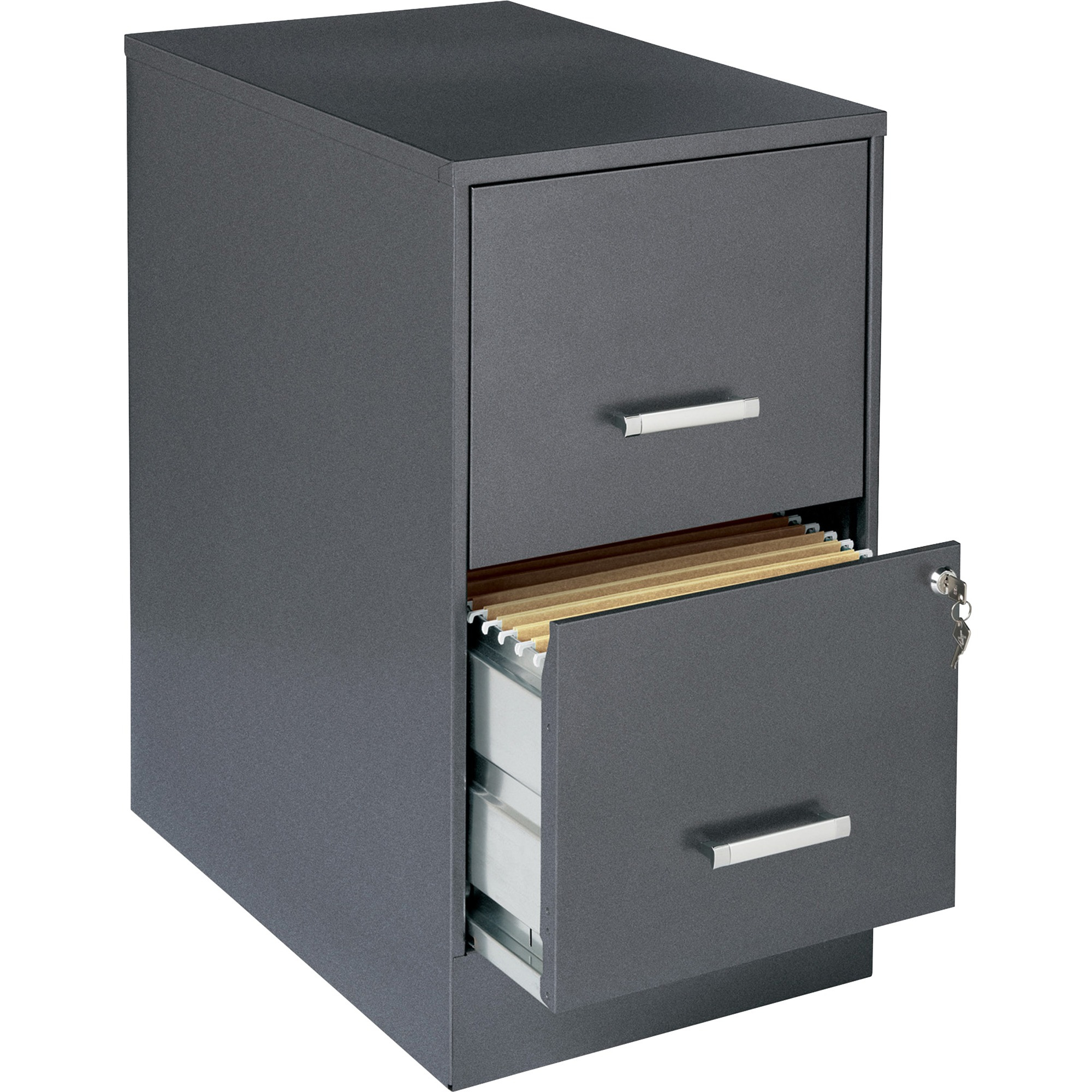Product Overview and Features

A 4-drawer lateral file cabinet with a 42-inch width offers a practical and efficient solution for organizing and storing documents, files, and other important materials. Lateral file cabinets are designed to maximize storage space within a compact footprint, making them ideal for offices, home offices, and other workspaces.
Lateral File Cabinets: Benefits
Lateral file cabinets provide several advantages over other filing systems. They offer a secure and organized way to store documents, preventing damage and loss. Lateral file cabinets are also easy to access, allowing users to quickly retrieve files. Additionally, their compact design maximizes floor space compared to other filing systems.
Drawer Capacity and Organization
The capacity of each drawer is a crucial consideration when selecting a file cabinet. A standard 4-drawer lateral file cabinet typically accommodates letter-sized hanging folders, offering ample space for a substantial volume of documents. The number of drawers and their individual capacity should be aligned with the specific storage needs of the user.
Materials and Construction
Lateral file cabinets are constructed using a variety of materials, each with its own unique properties. Steel is a common choice for its durability and resistance to damage. Wood cabinets offer a more traditional aesthetic and can be customized with various finishes. Laminate cabinets provide a cost-effective option with a durable surface that is easy to clean.
Finishes and Color Options
Lateral file cabinets are available in a wide range of finishes and colors to complement any office décor. Popular finishes include powder-coated paint, which provides a smooth and durable surface, and laminate, which offers a variety of textures and patterns. Color options range from classic black and white to vibrant hues, allowing users to personalize their workspace.
Locking Mechanisms
Lateral file cabinets feature various locking mechanisms to ensure the security of valuable documents.
| Locking Mechanism | Description | Advantages | Disadvantages |
|---|---|---|---|
| Key Lock | A traditional lock that uses a key to open and close the drawers. | Simple and reliable. | Requires a key for access. |
| Combination Lock | A lock that uses a numerical combination to open and close the drawers. | Provides flexibility and eliminates the need for keys. | Can be difficult to remember the combination. |
| Electronic Lock | A lock that uses an electronic key card or code to open and close the drawers. | Provides the highest level of security. | Can be more expensive than other locking mechanisms. |
Benefits and Uses

A 4-drawer lateral file cabinet is a valuable asset for any office or workspace that requires efficient storage and organization of documents, files, and other important materials. By providing a dedicated and secure space for these items, these cabinets contribute significantly to improving overall productivity and workflow.
Applications in Different Work Environments
The versatility of a 4-drawer lateral file cabinet makes it suitable for a wide range of work environments. These cabinets can be found in offices, libraries, schools, and other settings where organized storage is crucial.
- Offices: In offices, these cabinets are essential for storing sensitive documents, contracts, financial records, and other confidential information. They provide a secure and organized system for managing essential paperwork, ensuring easy access and retrieval when needed.
- Libraries: Libraries rely heavily on these cabinets to store and organize books, journals, and other resources. The ample storage space and sturdy construction make them ideal for handling a large volume of materials, while the drawers facilitate efficient retrieval and organization.
- Schools: Schools utilize these cabinets for storing student records, teacher materials, and administrative documents. The durable construction and secure locking mechanisms ensure the safety and integrity of these important materials.
Examples of Uses
The uses of a 4-drawer lateral file cabinet extend beyond traditional document storage. Here are some examples of how these cabinets can be used in various settings:
- Storing Documents and Files: This is the primary function of these cabinets, providing a secure and organized system for managing essential paperwork. They are particularly useful for storing confidential documents, legal records, and other sensitive information.
- Storing Supplies: These cabinets can also be used to store office supplies, such as stationery, envelopes, and other consumables. The drawers can be organized to hold different types of supplies, ensuring easy access and preventing clutter.
- Storing Personal Belongings: In shared workspaces, these cabinets can be used by individuals to store personal belongings, such as laptops, handbags, and other valuables. The secure locking mechanisms provide peace of mind, ensuring the safety of these items.
Advantages and Disadvantages
A 4-drawer lateral file cabinet offers numerous advantages, but it also has some drawbacks to consider.
| Advantages | Disadvantages |
|---|---|
| Provides ample storage space for documents, files, and other materials. | Can be bulky and take up significant floor space. |
| Offers secure storage for confidential information, with locking mechanisms. | May be expensive compared to other storage solutions. |
| Facilitates efficient organization and retrieval of files. | May require regular maintenance to ensure smooth operation. |
| Durable and long-lasting, offering years of reliable service. | May not be suitable for storing oversized or heavy items. |
Considerations for Purchase: 4 Drawer Lateral File Cabinet 42 Wide

Choosing the right 4-drawer lateral file cabinet is a significant decision, as it directly impacts your workspace’s functionality and organization. To make an informed choice, consider several key factors that influence your needs and budget.
Budget and Space Constraints
Budget and available space are crucial considerations. Determine your budget range and carefully measure the area where you intend to place the cabinet. Ensure it fits comfortably without obstructing movement or access to other furniture.
Weight Capacity and Durability
The weight capacity of the cabinet is critical, especially if you plan to store heavy files or documents. A higher weight capacity ensures stability and prevents the cabinet from tipping over. Durability is also important, as you want a cabinet that can withstand regular use and resist wear and tear.
Drawer Size and Configuration
The size and configuration of the drawers directly impact storage capacity and organization. Consider the types of files and documents you need to store and choose a cabinet with drawers that can accommodate them.
- For standard letter-sized files, consider cabinets with drawers that are at least 15 inches deep and 12 inches wide.
- If you need to store larger files or folders, opt for drawers with a greater depth and width.
- Cabinets with adjustable drawer dividers provide flexibility in organizing files of different sizes.
Height and Depth, 4 drawer lateral file cabinet 42 wide
The height and depth of the cabinet are essential for comfort and accessibility.
- Choose a height that allows you to easily access the top drawer without straining.
- A cabinet with a depth that is too shallow may not accommodate hanging files properly.
- Consider the depth of the cabinet in relation to the space available and ensure it doesn’t impede movement or access to other furniture.
Flowchart for Choosing a 4-Drawer Lateral File Cabinet
The following flowchart provides a step-by-step guide to choosing and purchasing a 4-drawer lateral file cabinet:
- Determine Your Needs: Identify the types of files and documents you need to store, the amount of storage space required, and any specific features you desire.
- Set Your Budget: Establish a realistic budget range based on your financial constraints and the features you require.
- Measure Your Space: Carefully measure the area where you intend to place the cabinet, ensuring it fits comfortably without obstructing movement or access to other furniture.
- Research and Compare: Explore different brands and models, considering features, weight capacity, durability, drawer size and configuration, and customer reviews.
- Choose the Right Cabinet: Select a cabinet that meets your needs, budget, and space constraints. Consider factors like drawer size, configuration, and height for optimal functionality and accessibility.
- Purchase and Installation: Purchase the chosen cabinet and ensure it is properly installed and secured in your workspace.
4 drawer lateral file cabinet 42 wide – A 4 drawer lateral file cabinet, measuring 42 inches wide, is a staple in many offices, providing ample storage for important documents and files. While its functionality is primarily focused on organization, it’s interesting to consider how design principles, such as those outlined in the bathroom cabinet height code , can be applied to office furniture.
Just as accessibility standards ensure comfortable and safe use of bathroom cabinets, similar considerations could be applied to file cabinets, potentially leading to more ergonomic and user-friendly designs.
A 4 drawer lateral file cabinet, 42 inches wide, offers ample storage space for documents and files. While metal cabinets are often chosen for their durability, the elegance and warmth of solid wood cabinets freestanding can elevate the aesthetic of any office.
The sturdy construction and timeless appeal of a solid wood cabinet make it a worthwhile investment for those seeking a blend of functionality and sophistication in their filing system.
